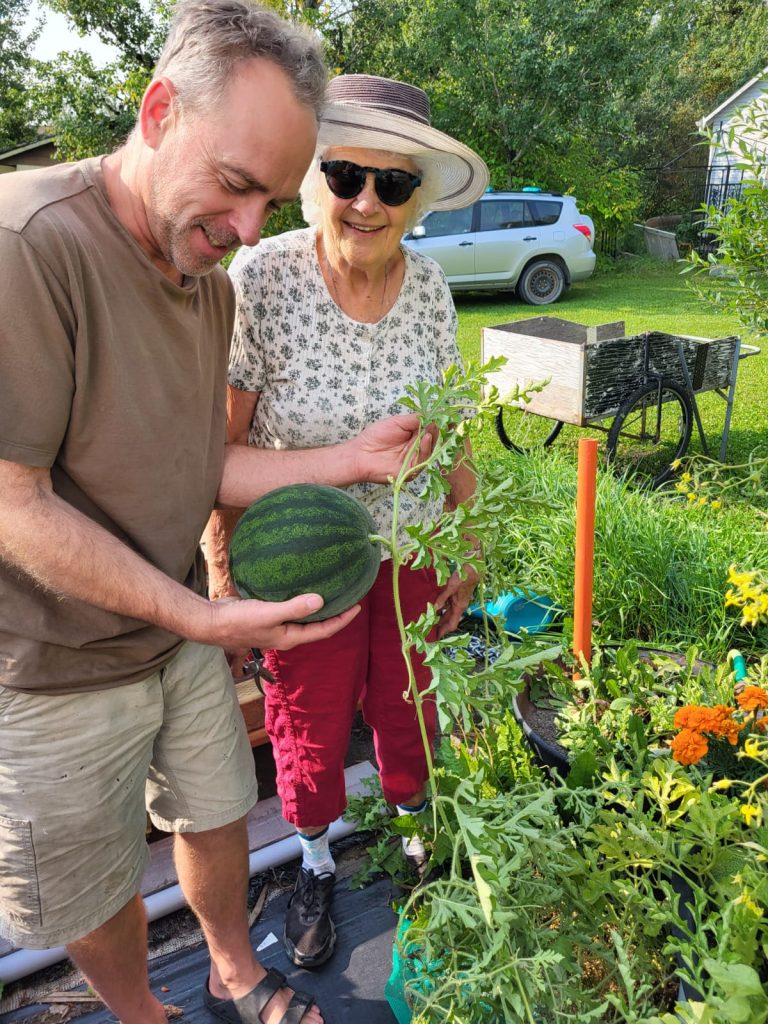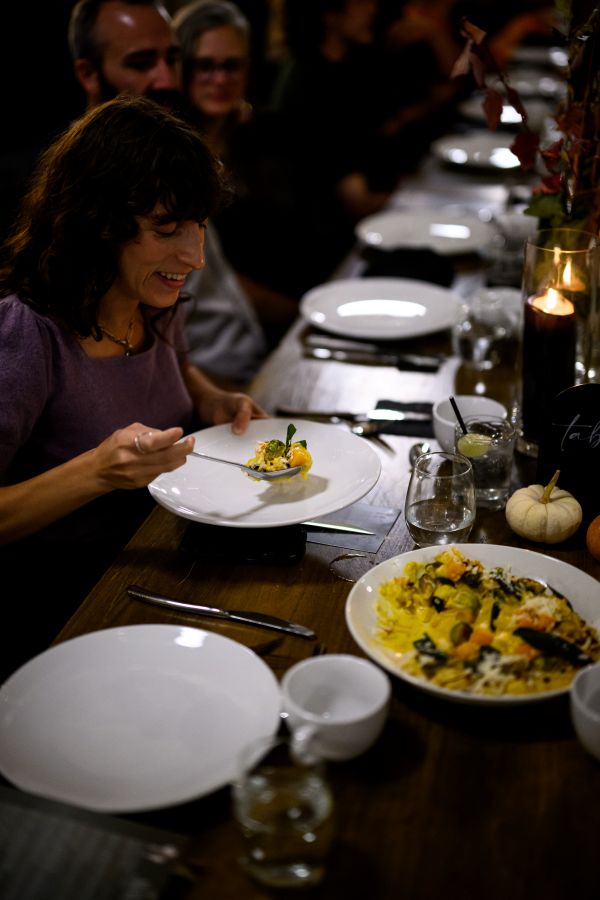By Evalisa McIllfaterick, Root Cellar Gardens
It’s May. The heaps of snow that fell over the winter (and in spring) have melted. And, (as the calendar tells it at least) it’s finally feeling like spring, in the ideal green grass growing, warm sun way. The April showers bring May flowers kind of way.
But gardeners in Northwestern Ontario know that spring isn’t linear. They know to be patient and wait until it seems like the coast is clear, and then to wait a bit longer. They check weather forecasts, share notes, probe soils, check calendars, and even still it’s hard to know when it’s safe to start planting. Which begs the question, how on earth do the plants know when it’s safe to start growing?
There is an increasingly large body of research trying to answer this question that points towards what any gardener already knows: plants are intelligent (and a bit magical). Plants are known to sense and respond, to have memories, to communicate, and even to have personalities. In their own way, plants are paying attention, learning from, adapting to, and reshaping the world around them. Plants, it turns out, know much more than we think, and we have much to learn.
Across northwestern Ontario, people are taking part in a project that recognizes plants and seeds not as static inputs, but as living companions; not as something to work on, but to work with (and learn from). Breeding Community, Diversity and Health: Mobilizing Seeds and Growing in Northwestern Ontario, is an initiative that is bringing together farmers, gardeners, researchers, and community members to promote ecological knowledge and regional self-determination. At the heart of the project is a practice known as landrace breeding—a co-evolutionary partnership between people and plants.
In contrast to commercial agriculture, which relies on genetically uniform seed varieties developed far from the places they are grown, landrace breeding involves working with a genetically diverse population of seeds in a particular location year after year. In landrace breeding, plants are given time and space to adapt and grow in the conditions of their environment. Each year, growers select seeds from the plants that do best, saving them to be replanted the next year. The goal is to create a landrace—an adaptable, diverse crop that is uniquely suited to a particular region, reliable and resilient over time.
In regions like Northwestern Ontario, where the growing season can be unpredictable, the value of such an approach is clear. Commercial seeds that we buy at the hardware store are typically developed in climates vastly different than our own. They have been selected for traits such as shelf life or transportability. The Breeding Community, Diversity and Health project seeks to address this by supporting communities in breeding their own varieties, suited to the places they live and grow. It also offers a framework for rethinking how we relate to our food, and to how we can learn from each other and grow together.
The project invites everyone—farmers, gardeners, seed savers, researchers—to join in. To observe. To adapt. To be part of a shared intelligence. Whether you’re an experienced grower or just plant-curious, consider becoming a part of this project. To sign up or learn more go to: https://foodsystems.lakeheadu.ca/agroecology-in-canada/



